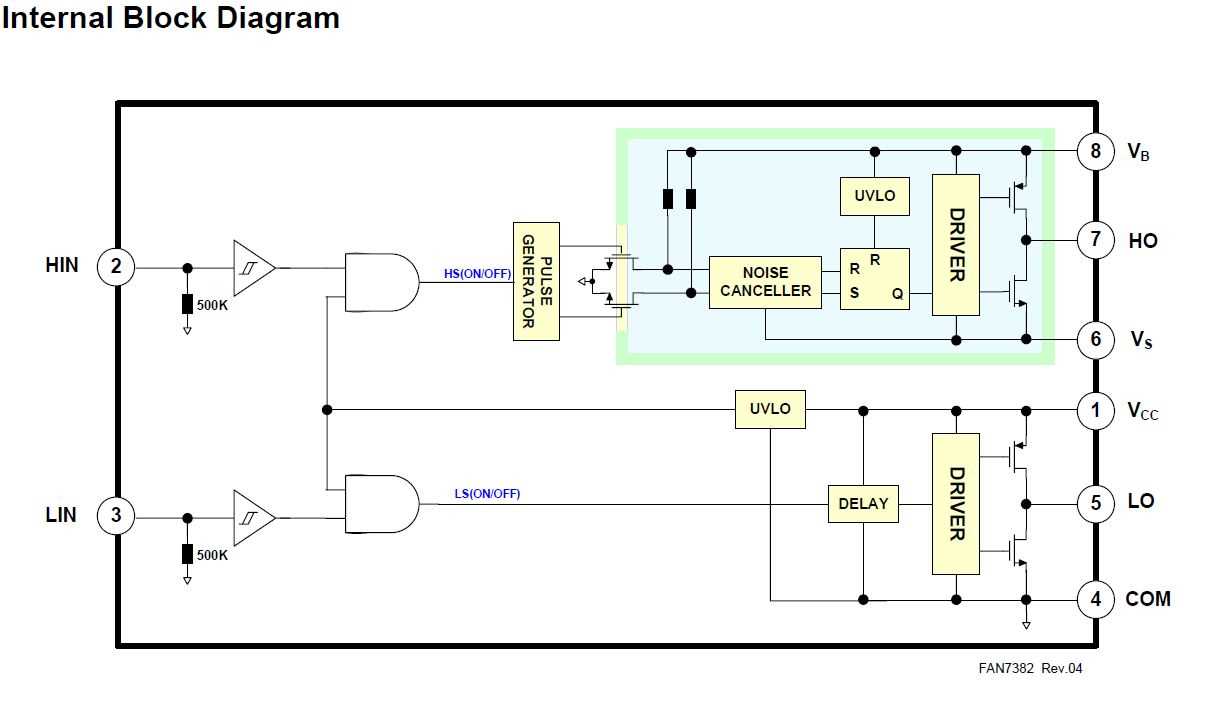
In the modern world, where air circulation plays a crucial role in various industries and daily life, understanding and leveraging the capabilities of fan systems is becoming increasingly important. This article delves into the intricate workings of these devices, exploring the numerous aspects that contribute to their performance and efficiency. By delving into the mechanics, design principles, and contemporary innovations in fan technology, we aim to provide a comprehensive overview that highlights the diverse applications and benefits of these indispensable machines.
Discover the Inner Workings of Air Movers
Behind every powerful gust of wind lies a meticulously engineered system, orchestrating the movement of air in a controlled and efficient manner. This article will dissect the intricacies of fan systems, shedding light on the fundamental principles governing their operation. From the aerodynamic principles that define air conversion into mechanical energy, to the mechanical components and their interplay that optimize fan performance, we will explore the science behind these devices. Through this exploration, we aim to unlock a deeper understanding of fan systems and their role in various applications.
Unleashing the Potential of Fan Systems
In today’s fast-paced world, where energy efficiency and sustainability are paramount, optimizing the performance of fan systems has become a pressing concern. This article will delve into the latest advancements in fan technology, exploring novel methods that enhance performance, reduce energy consumption, and minimize environmental impact. By examining cutting-edge research and industry practices, we aim to provide valuable insights into unlocking the full potential of fan systems. From innovations in materials and design to smart control systems and advanced monitoring techniques, we will explore the tools and techniques that push the boundaries of fan performance.
Key Parameters and Specifications
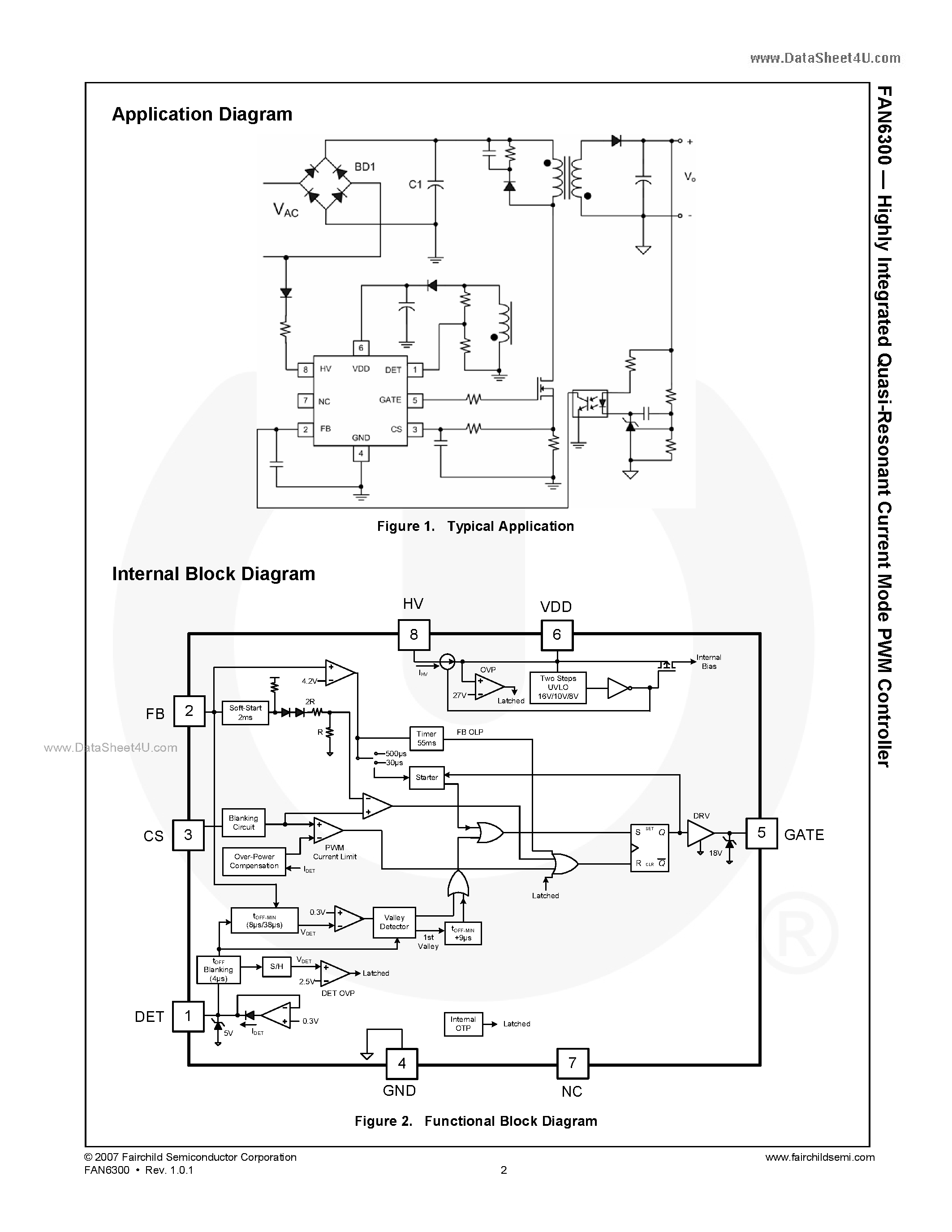
In this section, we will explore the essential characteristics and specifications that are crucial when evaluating a fan’s performance and suitability for a particular application. Understanding these key parameters will assist you in making an informed decision when selecting a fan for your project.
Airflow
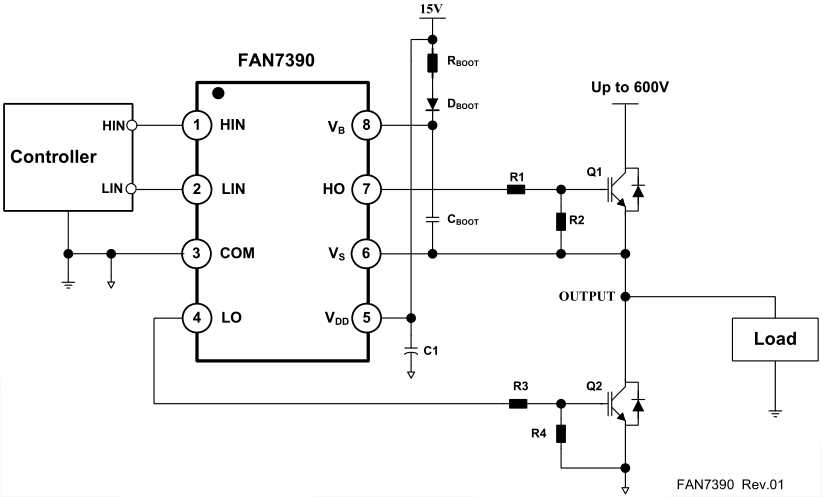
The airflow, also known as the air volume or air delivery, refers to the amount of air that a fan can move in a given time. It is a critical parameter that determines how effectively the fan can circulate or ventilate the surrounding environment. Measured in cubic feet per minute (CFM) or cubic meters per hour (m³/h), a higher airflow indicates better performance in terms of cooling or air exchange.
Noise Level
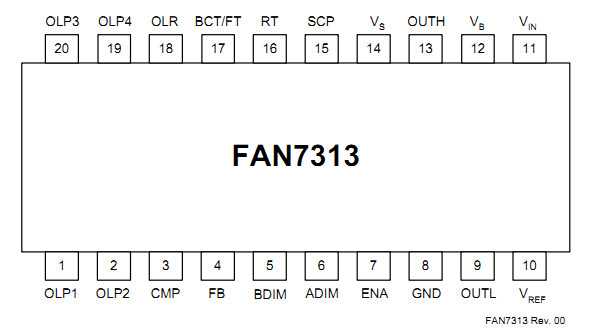
The noise level emitted by a fan is an important consideration, especially in applications where quiet operation is required. Noise is typically measured in decibels (dB). Lower noise levels indicate quieter operation, which can be essential in noise-sensitive environments such as offices, bedrooms, or libraries. It is crucial to balance the noise level with the desired airflow to match the specific needs of your project.
These are just two of the many key parameters and specifications that should be evaluated when analyzing a fan’s datasheet. By considering factors such as power consumption, fan size and mounting options, speed control, and reliability, you can make an informed decision on selecting the ideal fan for your requirements.
Interpreting Performance Curves
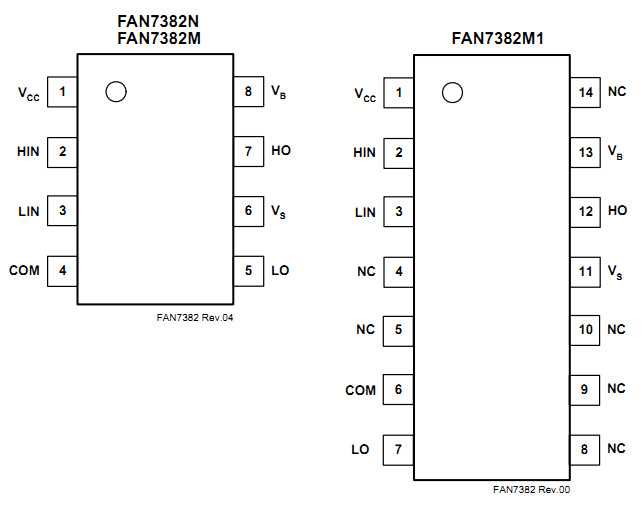
Understanding the data provided by performance curves is essential for analyzing and evaluating the capabilities of a fan. These curves contain valuable information about the fan’s efficiency, airflow, and pressure characteristics, allowing users to make informed decisions based on their specific needs and requirements.
When examining performance curves, it is important to pay attention to the various parameters and their corresponding values. The curves typically depict the fan’s performance across different operating conditions, such as varying airflows and static pressures. By analyzing the shape and trends of these curves, one can gain insights into the fan’s overall efficiency and operating range.
Performance curves often include data on critical factors like power consumption, noise levels, and operating temperatures. These additional details help users evaluate the fan’s energy efficiency, acoustics, and suitability for specific environmental conditions. It is crucial to consider these factors in order to select a fan that not only meets the required performance criteria but also aligns with the desired power consumption and noise level preferences.
Furthermore, it is important to note that each performance curve represents a specific fan model or series. Comparing multiple curves allows for a better understanding of the trade-offs between different fan options. By examining the curves side by side, users can identify performance differences and choose a fan that best suits their needs, be it for cooling a computer system, enhancing ventilation in a building, or optimizing airflow in an industrial process.
In conclusion, interpreting performance curves provides valuable insights into the capabilities and characteristics of fans, allowing users to make well-informed decisions. By understanding the information conveyed by these curves, individuals can assess factors like efficiency, airflow, pressure, power consumption, acoustics, and operating temperature, and make appropriate choices based on their specific requirements.